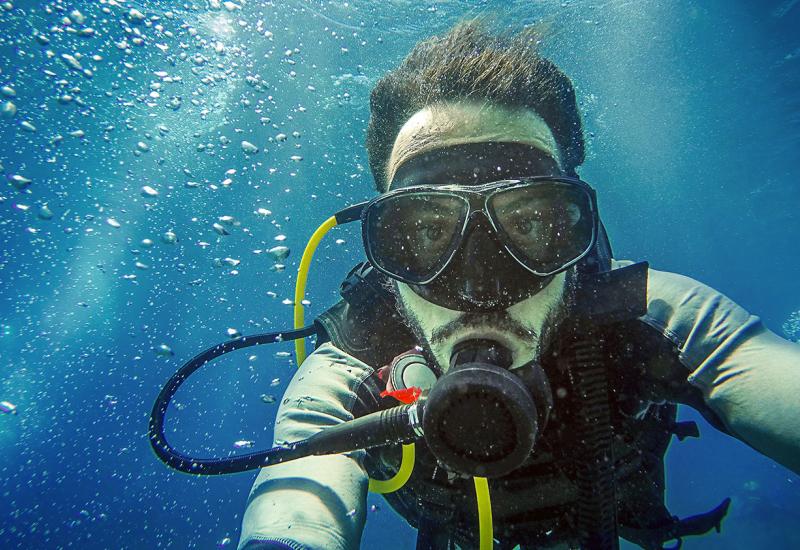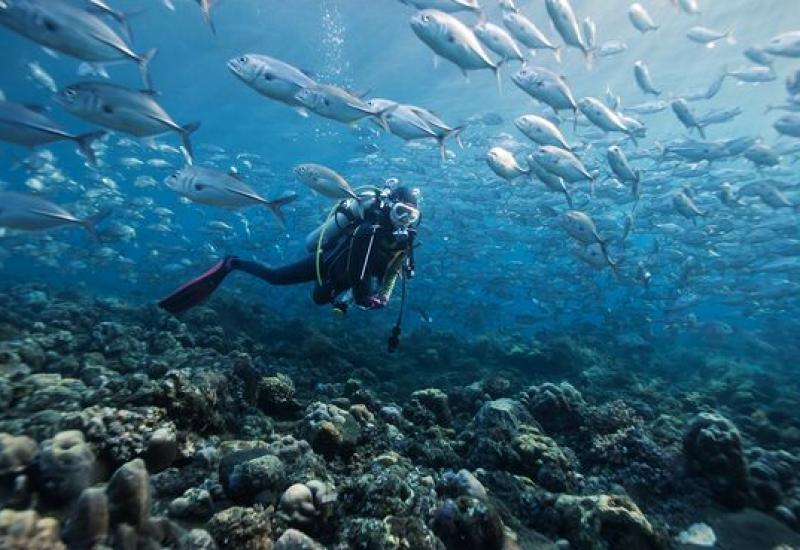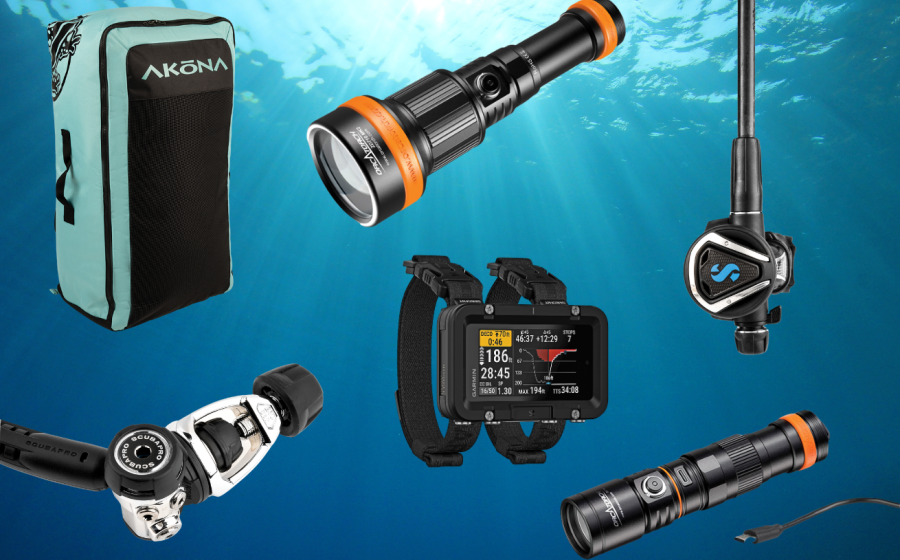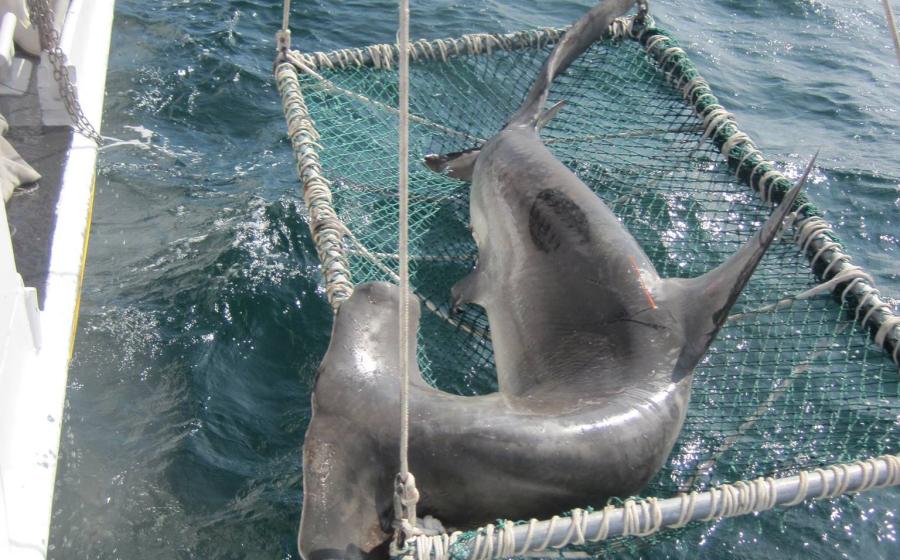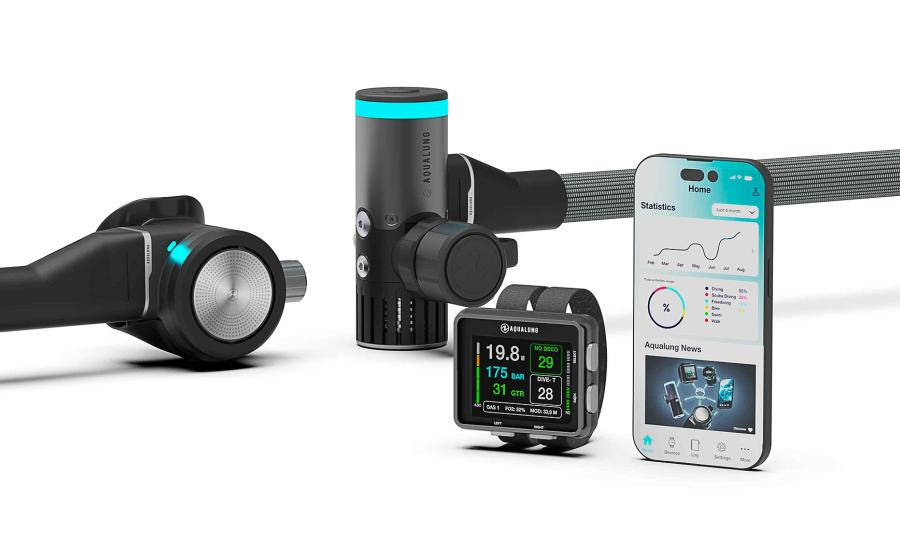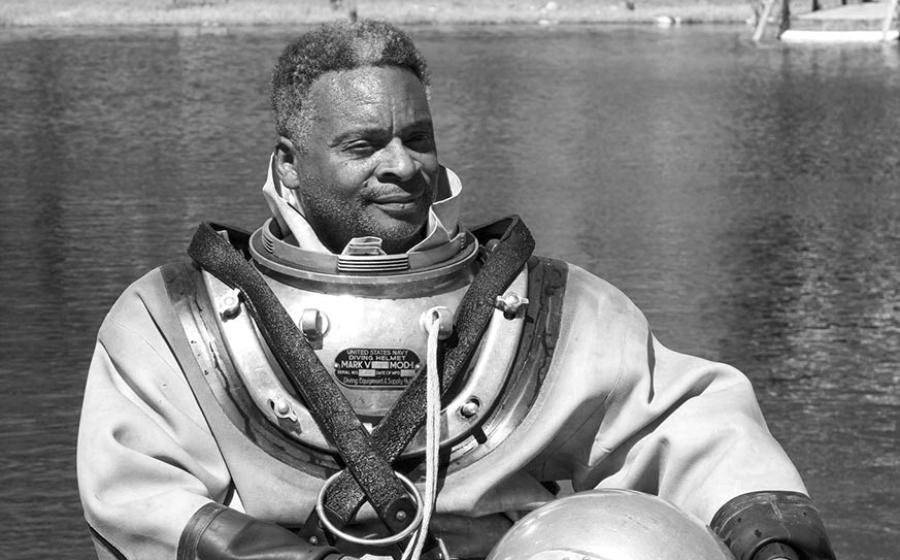Travel Tips: Scuba Diving Road Trip
Boat diving on vacation might be the most laidback way to explore some of the world’s greatest dive sites, but it’s not always the most convenient. Sometimes divers just need to dive whenever and wherever they have the opportunity. Fortunately, there are great local dive opportunities all around the world, with no passports or plane tickets required. If you and your dive buddies are down to plan a DIY diving road trip, here are six tips to help you make it a success.
1. Ditch Gear Bags for Plastic Tubs
That fancy dive bag works great for checking your gear on an airplane, but when you’re diving out of your car, a large plastic tub or bin for each diver makes it much easier to keep things organized — and keep the car relatively clean and dry. A sturdy plastic tub not only keeps soggy wetsuits and BCs from dripping all over the back seat, but it’s also strong enough to schlep weights and other heavy gear from hatchback to beachfront.
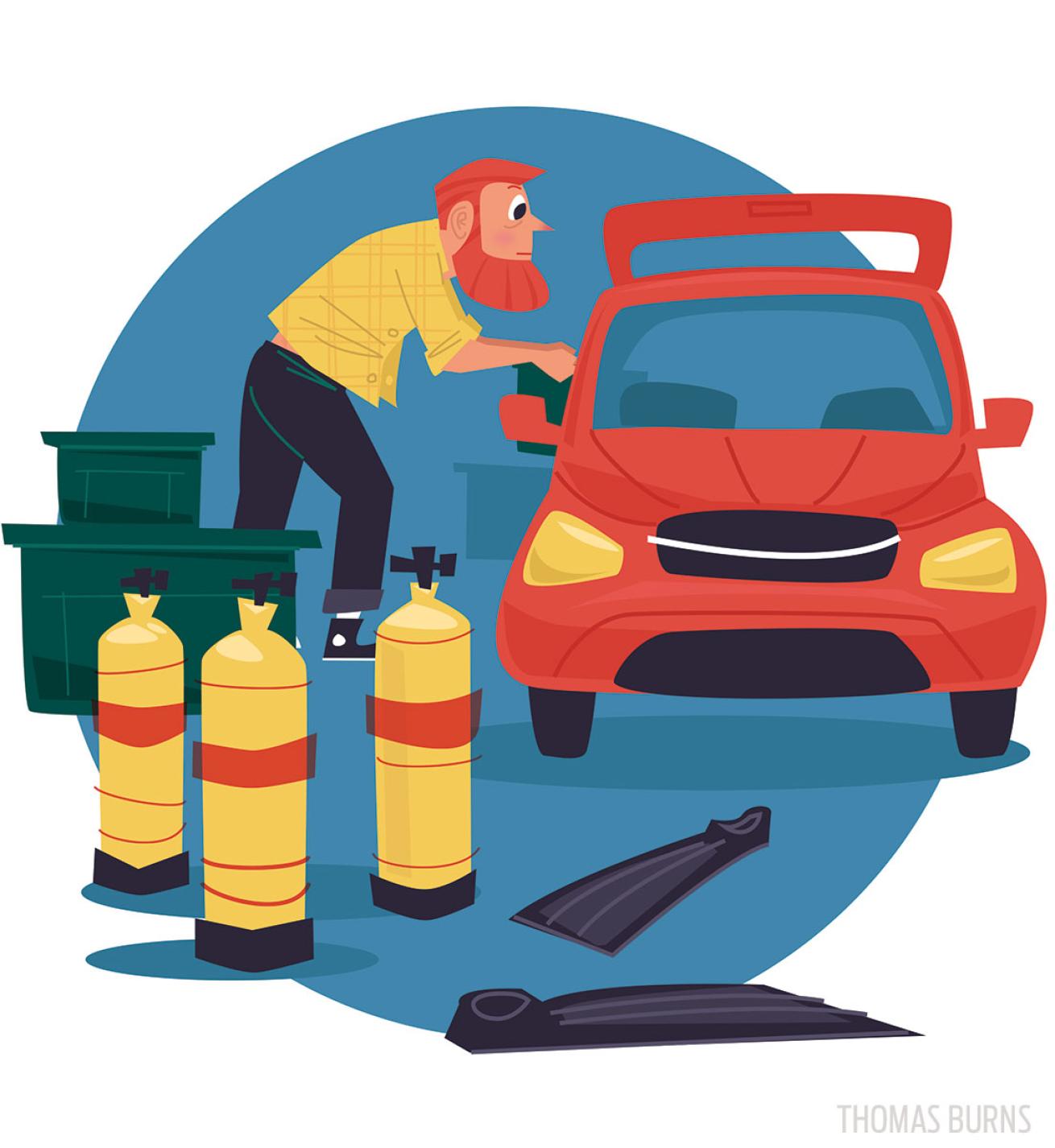
Thomas BurnsRoad trippin' tips for your next DIY dive trip.
2. Plan Your Fills
Whether you rent tanks en route to the destination or bring your own, you’ll need a source for air fills on the road. Check your route ahead of time for local dive shops and note their hours of operation. And if you expect to spend a couple of days diving without access to a filling station, do the math and pack enough tanks to get you through all your dives.
3. Get Local Advice
It’s always a good idea to check with a nearby dive shop or local divers before taking the plunge at a new dive site. Not only can they offer advice on beach access, entry points and where to go underwater, but they can also warn you of hazards such as riptides, boat traffic or sea urchins in the surf zone.
4. Brush Up on Beach Diving
Unless you’re towing a boat along with you, a diving road trip will include a lot of beach diving. Make sure you know how to read a tide chart and to make an honest evaluation of the conditions at the dive site — there’s no shame in calling a dive for any reason. And if your beach-diving skills are rusty, make your first dives at a calm, protected spot to brush up on beach-diving techniques like surf entries and exits and underwater navigation.
5. Use Extra Exposure Protection
DIY diving often means you’re exposed to the elements longer than when boat diving. There might be lengthy surface swims, hikes along a windy beach or dips in chilly springs. Consider adding a hooded vest under your wetsuit, and keep a warm jacket handy when you get out of the water. Also, if you do most of your diving from boats, you might not use gloves or booties, but even in warm water, these are good items to have in case you need to scramble over sharp rocks to get in and out of the water.
6. Be Prepared for Everything
From a save-a-dive kit to a first-aid kit, make sure you bring everything you need for any problems that might arise. On a DIY diving road trip, there’s no divemaster to swap out a blown O-ring on your tank or call the Coast Guard in an emergency. It’s also good to have backups for gear like masks and fins. If you don’t have a buddy staying topside, call someone reliable to let them know when and where you’re diving, and when you should be back.


